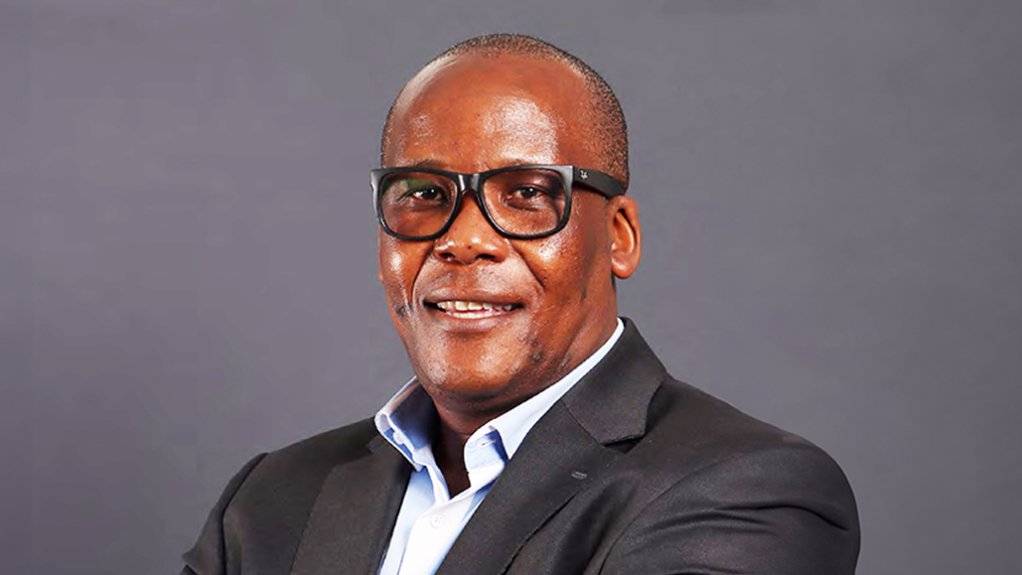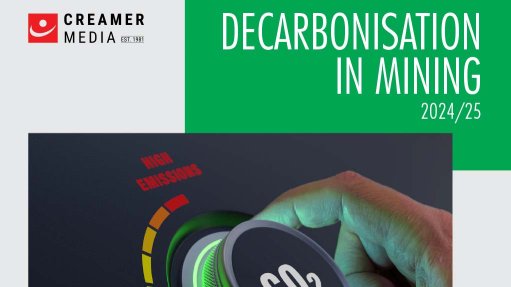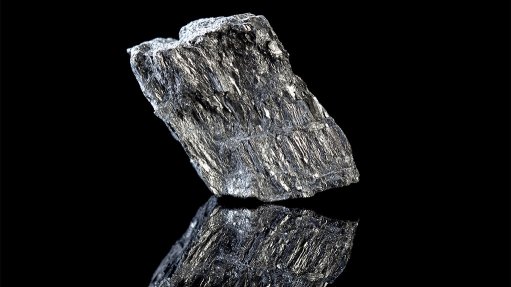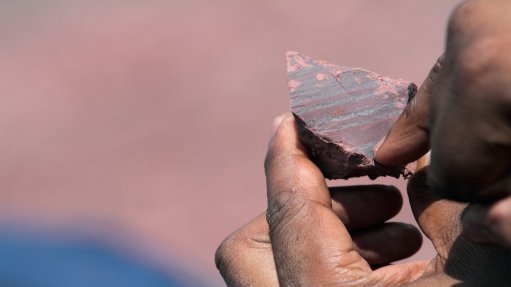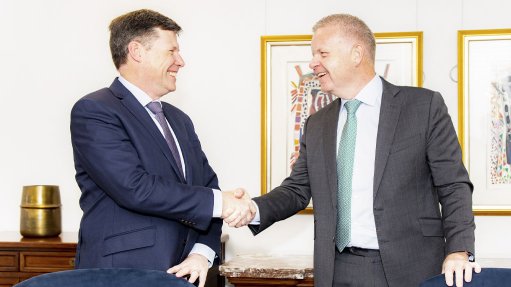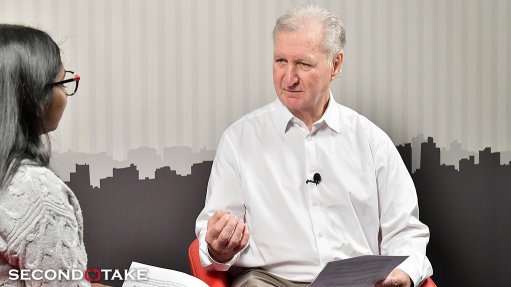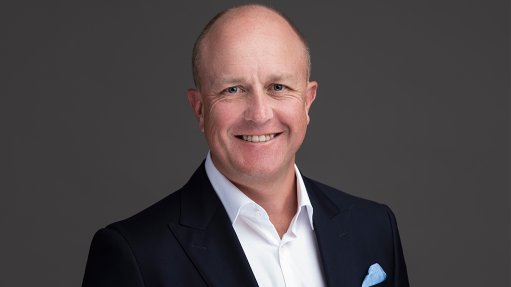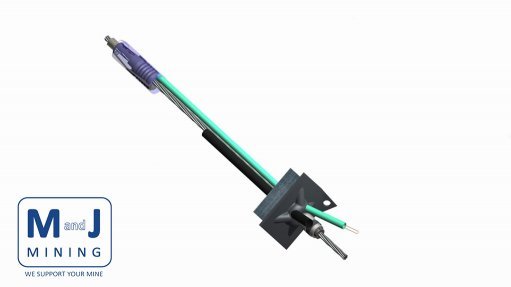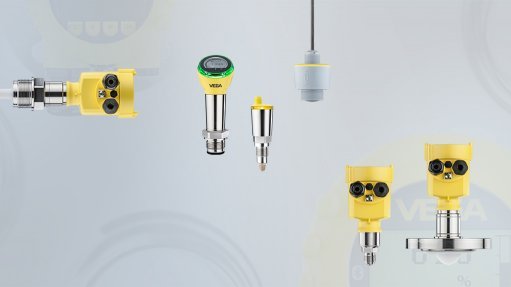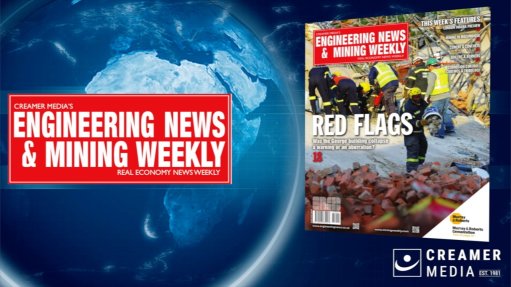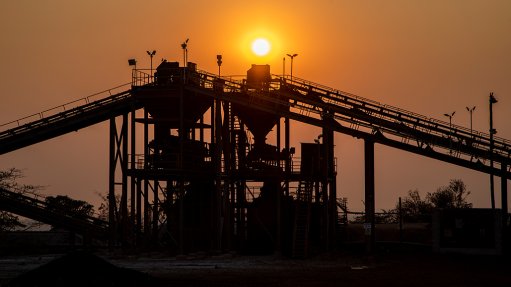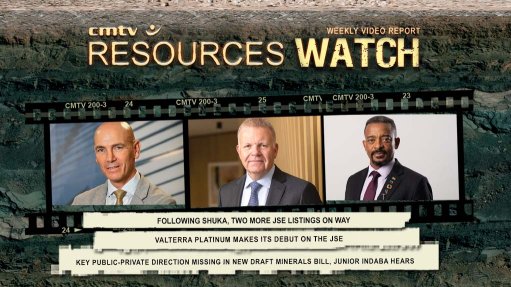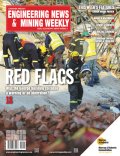SOEs remain vital drivers of industrialisation despite recent failures – Seifsa
Despite State-owned enterprises (SOEs) having come under great scrutiny in the last decade, they still have a critical industrialisation role to play.
“Demand from SOEs still presents a massive opportunity to drive a mega-scale industrialisation project, as well as save existing industrial capacity that has been under pressure,” says the Steel and Engineering Industries Federation of Southern Africa (Seifsa).
In the South African context, localisation is often viewed primarily as a State-driven policy tool. The history of South Africa’s SOEs is deeply intertwined with the country’s broader economic development and sociopolitical context.
Government’sstated aim is to use its localisation policy to develop local industrial capacity, increase employment and increase competitiveness across the economy.
To this end, SOEs have played a significant role in shaping the South African economy, from their establishment in the pre- democracy era to the present dispensation.
Their role in the provision of public goods and, equally, as an important anchor for domestic demand across numerous value chains, and more especially the metals and engineering sector, cannot be understated, Seifsa emphasises.
The establishment of SOEs in South Africa began in the early twentieth century, driven by the need to develop infrastructure, industrialise and support the mining sector, which at the time was the backbone of the economy.
On the African continent, South Africa boasts the largest electricity generation capacity, the longest and most extensive rail network, one of the largest synthetic fuel plants (now private) and an unparalleled industrial capability and base to support this extensive infrastructure, all of which partially traces its roots to the existence of these SOEs domestically.
Seifsa explains that localisation is the ability of a country to manufacture and procure locally in order to boost the economy and help create jobs. History has shown that this is possible and South Africa should make every effort to capitalise on its SOEs to drive the domestic industrialisation agenda.
The organisation suggests that because SOEs are national assets, their priority should be the development of the country they are based in, including sustaining the order books of the domestic industrial base.
SOEs have the moral responsibility to do so, not least because in all the instances where the entities have run into financial trouble, it is the taxpayer that has bailed them out, Seifsa notes.
Seifsa president Elias Monage adds that this is in no way an attempt to downplay the self-inflicted own goals that led to the financial demise of many of these entities.
“In fact, it is a serious indictment that this deterioration was ever allowed to happen; however, in all these instances, it was the taxpayer that stepped in as the lender of last resort.
“This fact [places] an obligation on the SOEs to play a contributory role in ensuring the sustainability of the country, including the domestic industrial base,” he states.
Additionally, SOEs present huge economies of scale, given their extensive scope and the diversity of products they demand. SOEs are the largest capital spenders in the public sector, spending in areas such as power generation, transportation, water infrastructure and telecommunications.
In 2023/24, SOEs’ capital expenditure amounted to R87-billion, which was 38% of the total public sector expenditure.
Eskom was the biggest spender, accounting for R39-billion, followed by the Passenger Rail Agency of South Africa (PRASA) spending R16-billion. Transnet was the third-largest contributor, having spent R15-billion.
While this is nowhere near what is needed to repair, rebuild and grow public infrastructure, it does represent a sizable source of domestic demand.
This implies that the procurement budgets of each SOE can be a single point through which many industries are influenced.
For example, in the electricity sector, Eskom requires transformers of all categories, transmissions lines, the supporting towers, equipment and instrumentation for substations, circuit breakers, capacitators and reactors for the electricity transmission network.
Similarly in the logistics sector, PRASA and Transnet require, for the rail sector, locomotives, rail joints, signalling equipment and overhead wires, while Transnet also requires various pieces of port equipment, including tugboats, for the ports and terminals it operates.
In water infrastructure, valves of all types and sizes and steel pipes are all examples of supply sectors that would be positively influenced by the procurement budgets of the different SOEs.
“Directing spend of these entities to local companies in all these areas would result in country-wide industrial activity in the metals and engineering sector,” Monage says.
Moreover, the technical and engineering- intensive nature of the industries in which these SOEs operate requires a highly technical and engineering-intensive industrial base to support it.
South Africa already enjoys an unparalleled technical industrial base on the African continent, which is a legacy of a history linked to the need to service the SOEs.
This places the country in prime position to be a preferred service provider for other SOEs and technical industries on the continent, particularly in the context of the African Continental Free Trade Area Agreement.
In its 2017 economic policy paper on unlocking South Africa’s economic potential, the National Treasury highlighted that engineering-intensive industries had the innate characteristic of being agile and able to reinvent themselves into the future, opening endless possibilities of new globally competitive industries that breach new frontiers.
“All these would be opportunities that are legacies of the strengthened domestic industrial base,” Seifsa highlights.
The organisation adds that the benefits to the SOEs of developing the domestic industrial base to service these entities – which include shorter lead times, shorter supply chains, the savings on costs of long-range transportation, avoiding port challenges, protection from exchange rate shocks and quicker aftermarket servicing of equipment – have all been opined on at length and remain relevant as ancillary points to those listed above.
Localisation is not a standalone activity, Seifsa points out; rather, it is an activity of change that relies on various touchpoints and elements to function fully.
The organisation suggests that if the private and government sectors make localisation their number one priority, the possibilities of a transformed and revitalised nation will become endless.
“A mega-scale re-industrialisation programme can be achieved through the strategic intervention and deployment of SOE procurement spend.
“To act on this is a policy choice and an instrument at the State’s disposal to help the country address poverty, inequality and unemployment and ignite an economic recovery strategy aimed at creating a sustainable economy for all its people,” Monage concludes.
Comments
Press Office
Announcements
What's On
Subscribe to improve your user experience...
Option 1 (equivalent of R125 a month):
Receive a weekly copy of Creamer Media's Engineering News & Mining Weekly magazine
(print copy for those in South Africa and e-magazine for those outside of South Africa)
Receive daily email newsletters
Access to full search results
Access archive of magazine back copies
Access to Projects in Progress
Access to ONE Research Report of your choice in PDF format
Option 2 (equivalent of R375 a month):
All benefits from Option 1
PLUS
Access to Creamer Media's Research Channel Africa for ALL Research Reports, in PDF format, on various industrial and mining sectors
including Electricity; Water; Energy Transition; Hydrogen; Roads, Rail and Ports; Coal; Gold; Platinum; Battery Metals; etc.
Already a subscriber?
Forgotten your password?
Receive weekly copy of Creamer Media's Engineering News & Mining Weekly magazine (print copy for those in South Africa and e-magazine for those outside of South Africa)
➕
Recieve daily email newsletters
➕
Access to full search results
➕
Access archive of magazine back copies
➕
Access to Projects in Progress
➕
Access to ONE Research Report of your choice in PDF format
RESEARCH CHANNEL AFRICA
R4500 (equivalent of R375 a month)
SUBSCRIBEAll benefits from Option 1
➕
Access to Creamer Media's Research Channel Africa for ALL Research Reports on various industrial and mining sectors, in PDF format, including on:
Electricity
➕
Water
➕
Energy Transition
➕
Hydrogen
➕
Roads, Rail and Ports
➕
Coal
➕
Gold
➕
Platinum
➕
Battery Metals
➕
etc.
Receive all benefits from Option 1 or Option 2 delivered to numerous people at your company
➕
Multiple User names and Passwords for simultaneous log-ins
➕
Intranet integration access to all in your organisation



